AQA GCSE Physics Paper 1
1/190
Earn XP
Description and Tags
This set should (hopefully) contain everything you need to know for AQA GCSE Physics Paper 1. Made using the specification and Freesciencelessons on YouTube. This is designed to be used in Term → Definition mode. You can do it the other way around for extra revision, but it will not be framed as a question. Topic 1 - Energy: Cards 1-35 Topic 2 - Electricity: Cards 36-108 Topic 3 - Particle model of matter: Cards 109-133 Topic 4 - Atomic structure: Cards 134-191 (Topics 5-8 are in the Paper 2 flashcards) (Note: Questions in paper 2 may draw on an understanding of energy changes and transfers due to heating, mechanical and electrical work and the concept of energy conservation.) Cards starting with ᵀ are triple/separate/physics only. Cards starting with ᴴ are Higher tier only. (Cards starting with ᵀᴴ are both.) If you want to remove these cards, star all the other cards and then study with starred cards only.
Physics
Circuits
GCSE Physics
AQA
aqa
gcse
physics
science
higher
foundation
HT
triple
separate
combined
trilogy
physics only
required practical
paper 1
topic 1
topic 2
topic 3
topic 4
energy
electricity
particle model of matter
atomic structure
energy changes in a system, and the ways energy is stored before and after such changes
energy stores and systems
changes in energy
energy changes in systems
conservation and dissipation of energy
energy transfers in a system
efficiency
national and global energy resources
current, potential difference and resistance
standard circuit diagram symbols
electrical charge and current
current, resistance and potential difference
resistors
series and parallel circuits
domestic uses and safety
direct and alternating potential difference
mains electricity
energy transfers
energy transfers in everyday appliances
the National Grid
static electricity
static charge
electric fields
changes of state and the particle model
density of materials
changes of state
internal energy and energy transfers
internal energy
temperature changes in a system and specific heat capacity
changes of state and specific latent heat
particle model and pressure
particle motion in gases
pressure in gases
increasing the pressure of a gas
atoms and isotopes
the structure of an atom
mass number, atomic number and isotopes
the development of the model of the atom
atoms and nuclear radiation
radioactive decay and nuclear radiation
nuclear equations
half-lives and the random nature of radioactive decay
radioactive contamination
hazards and uses of radioactive emissions and of background radiation
background radiation
different half-lives of radioactive isotopes
uses of nuclear radiation
nuclear fission and fusion
nuclear fission
nuclear fusion
Name | Mastery | Learn | Test | Matching | Spaced |
|---|
No study sessions yet.
191 Terms
What is a system?
An object or group of objects
Describe all the changes involved in the way energy is stored when an object is projected upwards.
The object's energy is initially in the kinetic store as it moves upwards. The object's energy is slowly transferred from the kinetic store to the gravitational potential store as it slows down and climbs higher. Once the object reaches its highest point, all of its energy is in the gravitational potential store. As the object falls again, energy transfers from the gravitational potential store to the kinetic store.
Describe all the changes involved in the way energy is stored when a moving object hits an obstacle.
The object's energy is in the kinetic store at the start because it is moving. When the object collides with the obstacle, energy is converted to the kinetic store of the obstacle (making it move) and the thermal store of the object and the obstacle (the particles in the object and the obstacle vibrate more). Some energy remains in the object's kinetic store as it moves away after the collision.
Describe the changes involved in the way energy is stored when an object is accelerated by a constant force.
Work is done by a force on an object. This work is converted to the object's kinetic store.
Describe the changes involved in the way energy is stored when a vehicle slows down.
To begin with, the vehicle's energy is in the kinetic store. The brakes do work slowing the car down. During this process, energy is dissipated through heat and sound.
Describe the changes involved in the way energy is stored when water is brought to a boil in an electric kettle.
Energy transfers from the electrical store of the mains power supply to the thermal store of the water.
What is the unit of energy?
Joules (J)
What is the unit of mass?
Kilograms (kg)
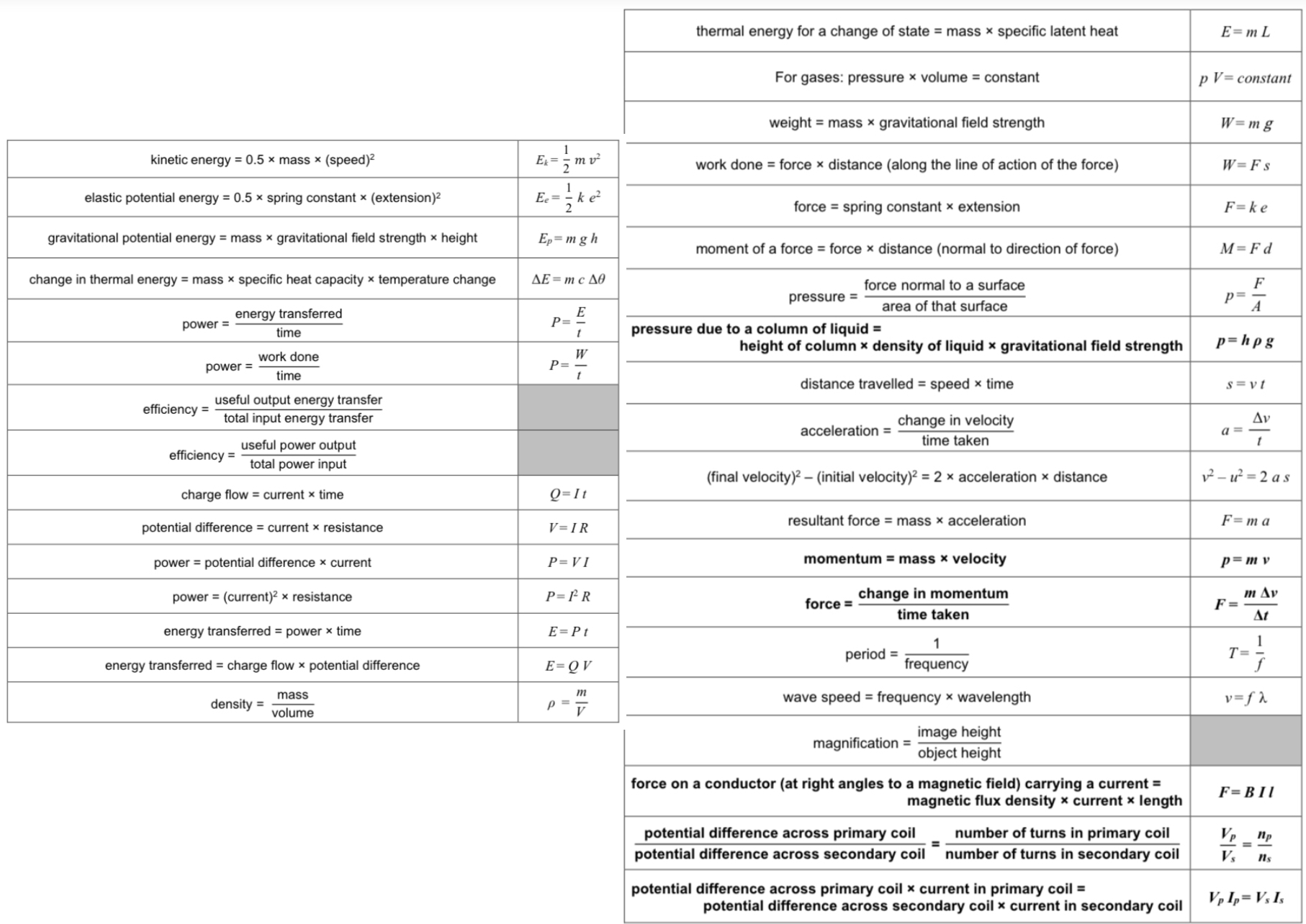
What is the unit of speed?
Metres per second (m/s)
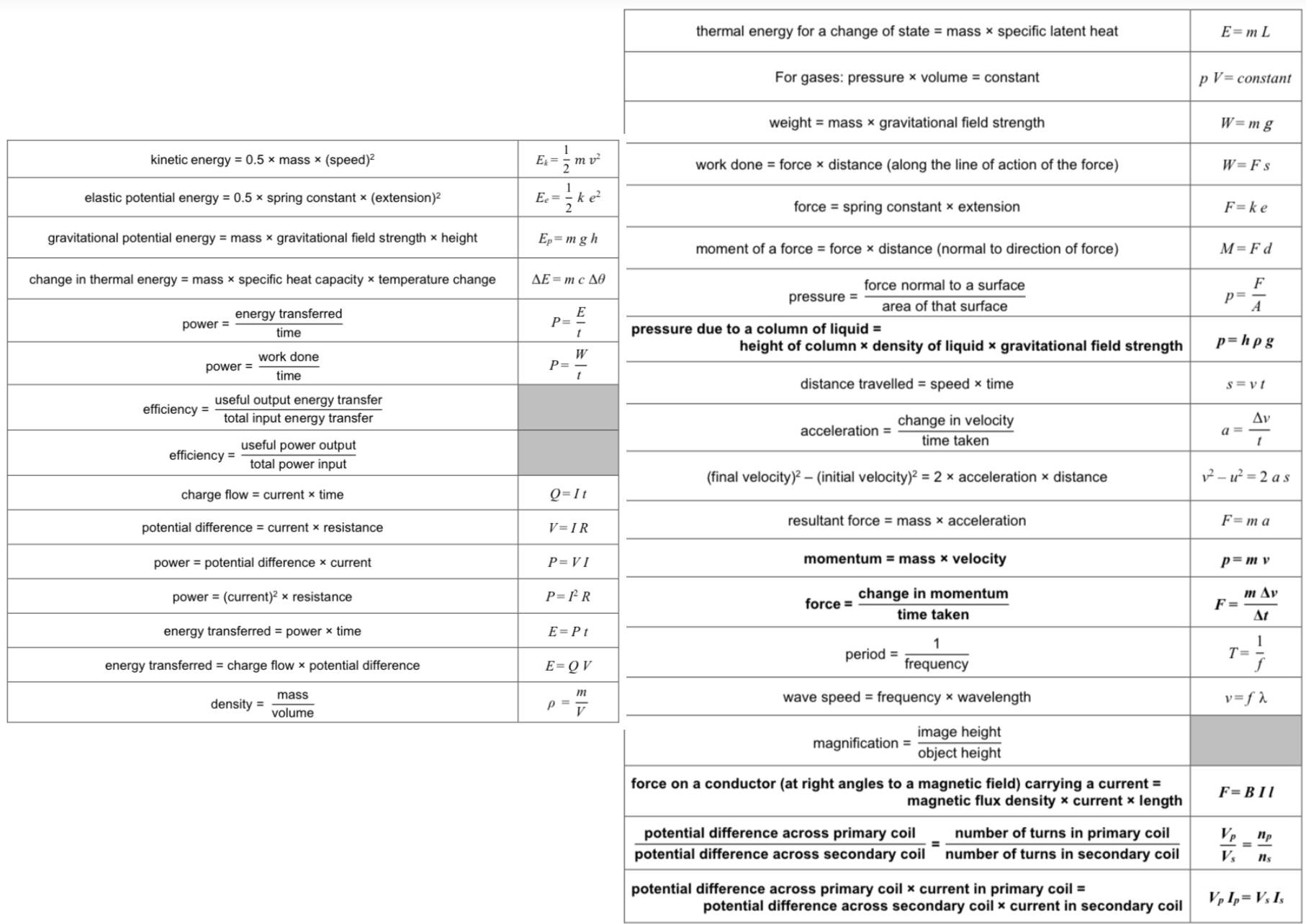
What is the unit of spring constant?
Newtons per metre (N/m)
What is the unit of extension (or compression) of a spring?
Metres (m)
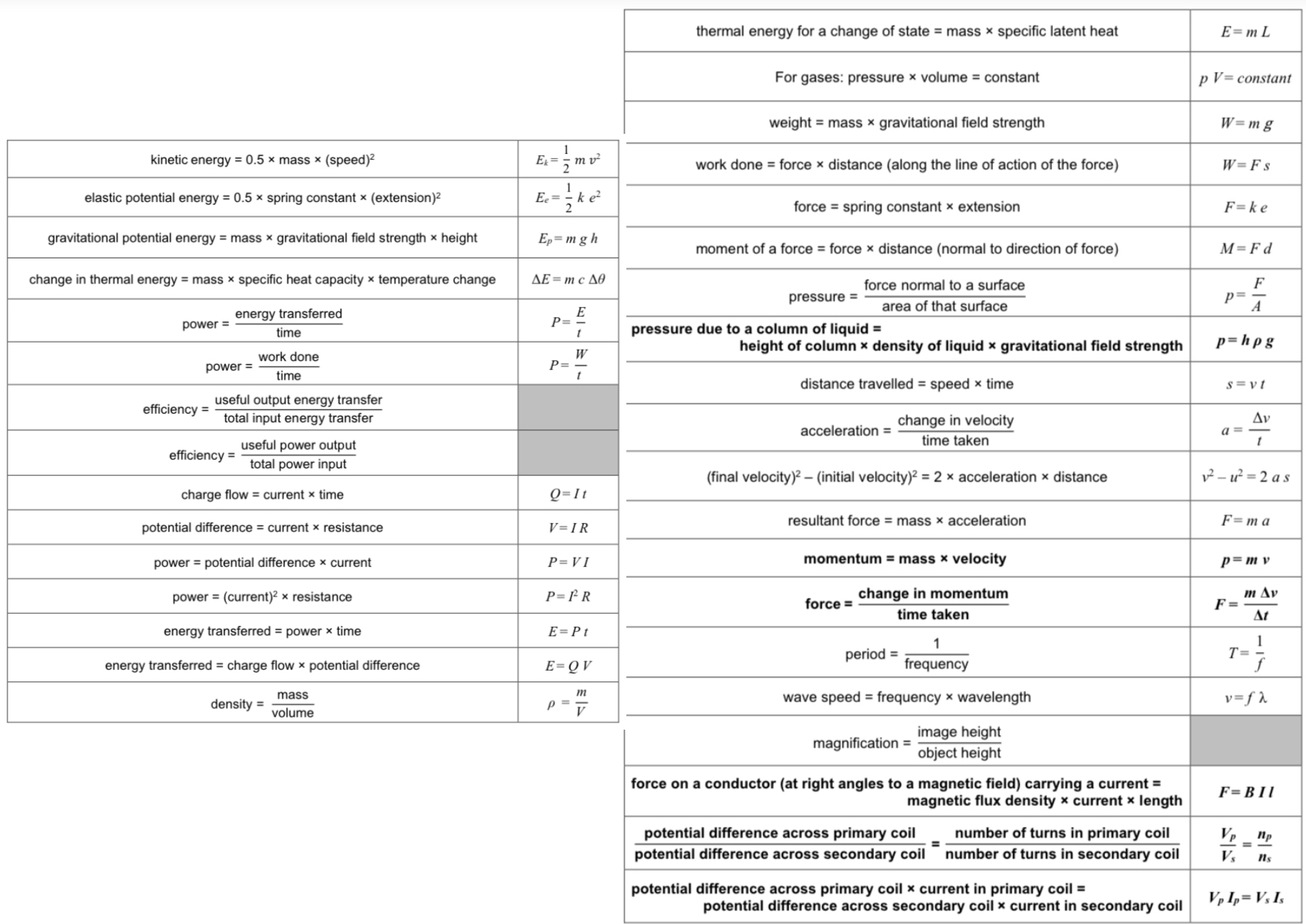
What is the unit of gravitational field strength?
Newtons per kilogram (N/kg)
What is the unit of height?
Metres (m)
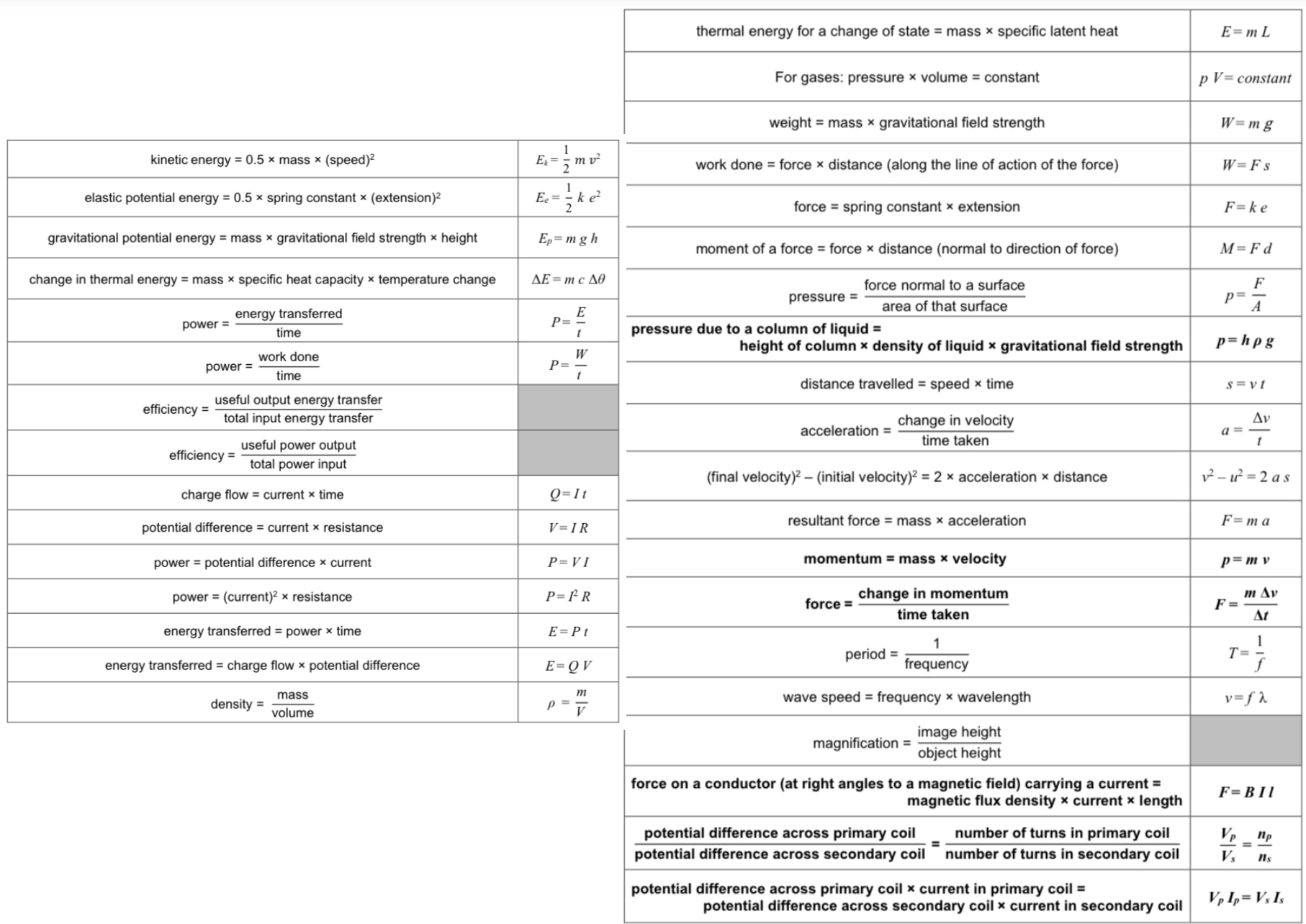
What is the unit of specific heat capacity?
Joules per kilogram per degree Celsius (J/kg°C)
What is the specific heat capacity of a substance?
The amount of energy required to raise the temperature of one kilogram of the substance by one degree Celsius
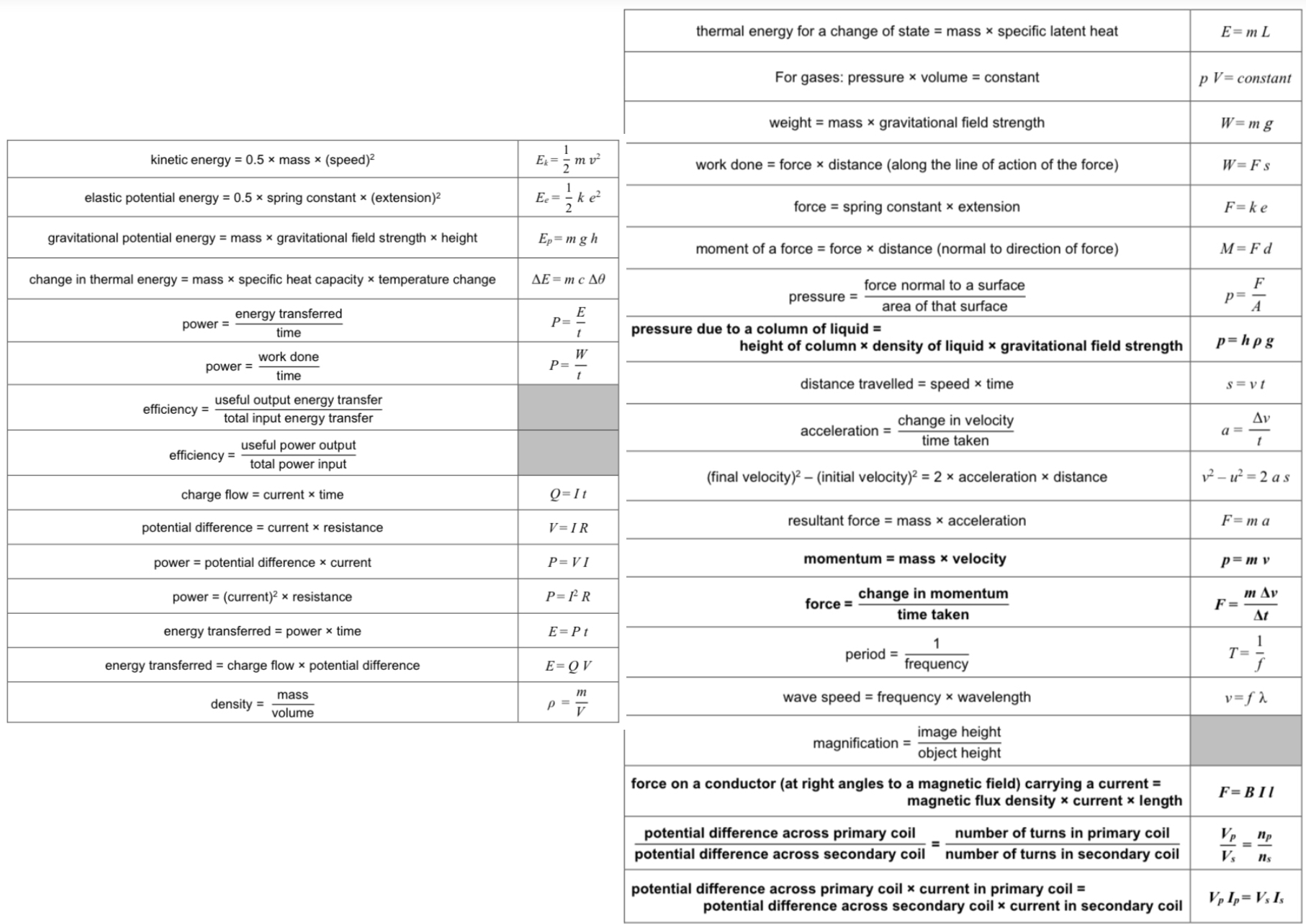
Describe an investigation to determine the specific heat capacity of oil.
Place a beaker on a balance and press zero.
Add the oil to the beaker and record the mass of the oil.
Place an electronic temperature probe and an immersion heater into the oil. Ensure that the immersion heater is fully submerged. Read the starting temperature of the oil.
Wrap the beaker in insulating foam with a low thermal conductivity to reduce thermal energy transfer to the surroundings.
Connect a joulemeter and a power pack to the immersion heater. Leave the setup for thirty minutes, stirring the oil throughout.
Read the number of joules of energy that passed into the immersion heater, and the final temperature of the oil.
Calculate the specific heat capacity of the oil using ΔE = mcΔθ. (Note: To find the specific heat capacity of a solid material, use a block of the material with two holes in it and place the heater and thermometer in the holes.)
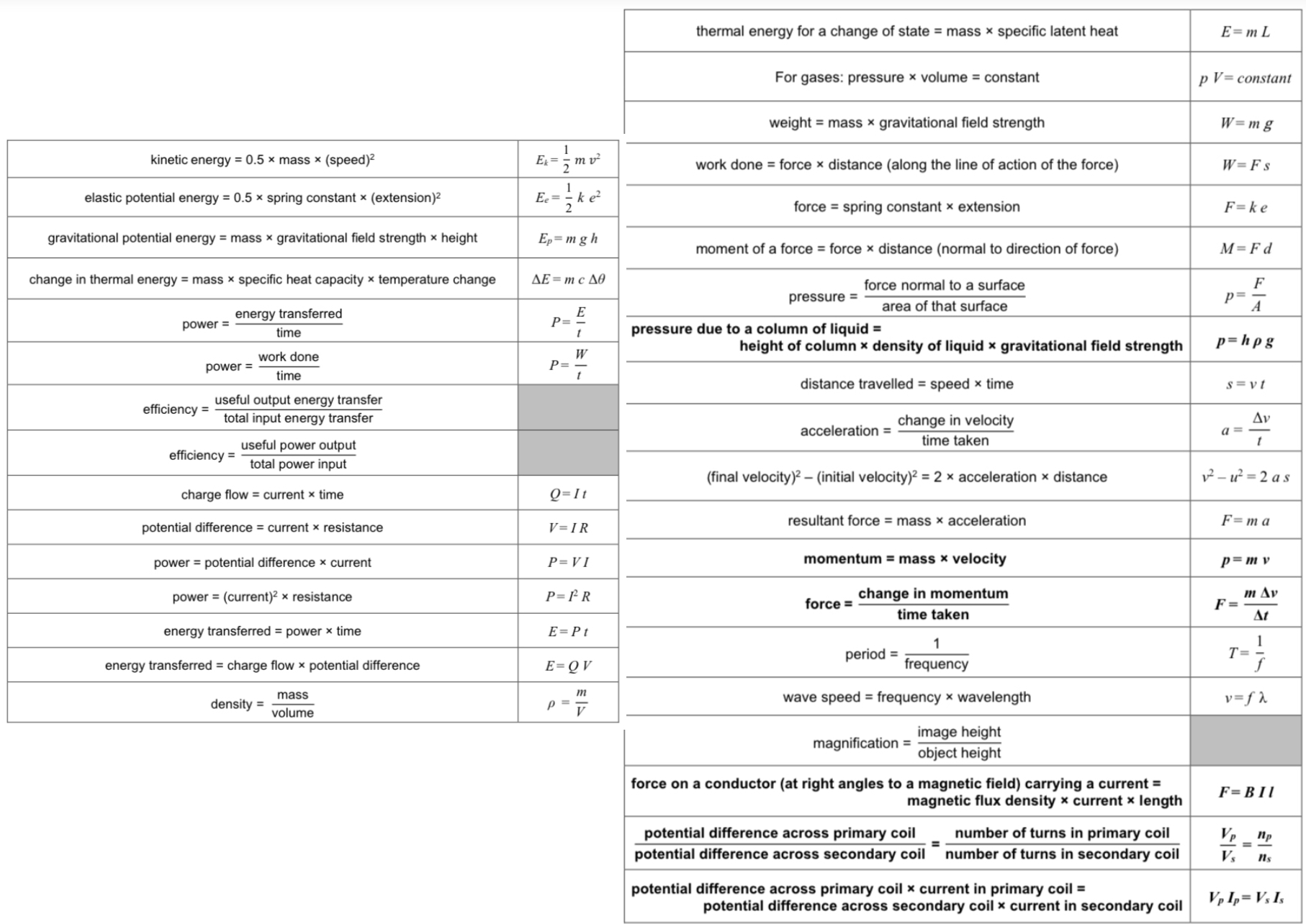
What is power?
The rate at which energy is transferred or the rate at which work is done
What is the unit of power?
Watts (W)
What is the unit of time?
Seconds (s)
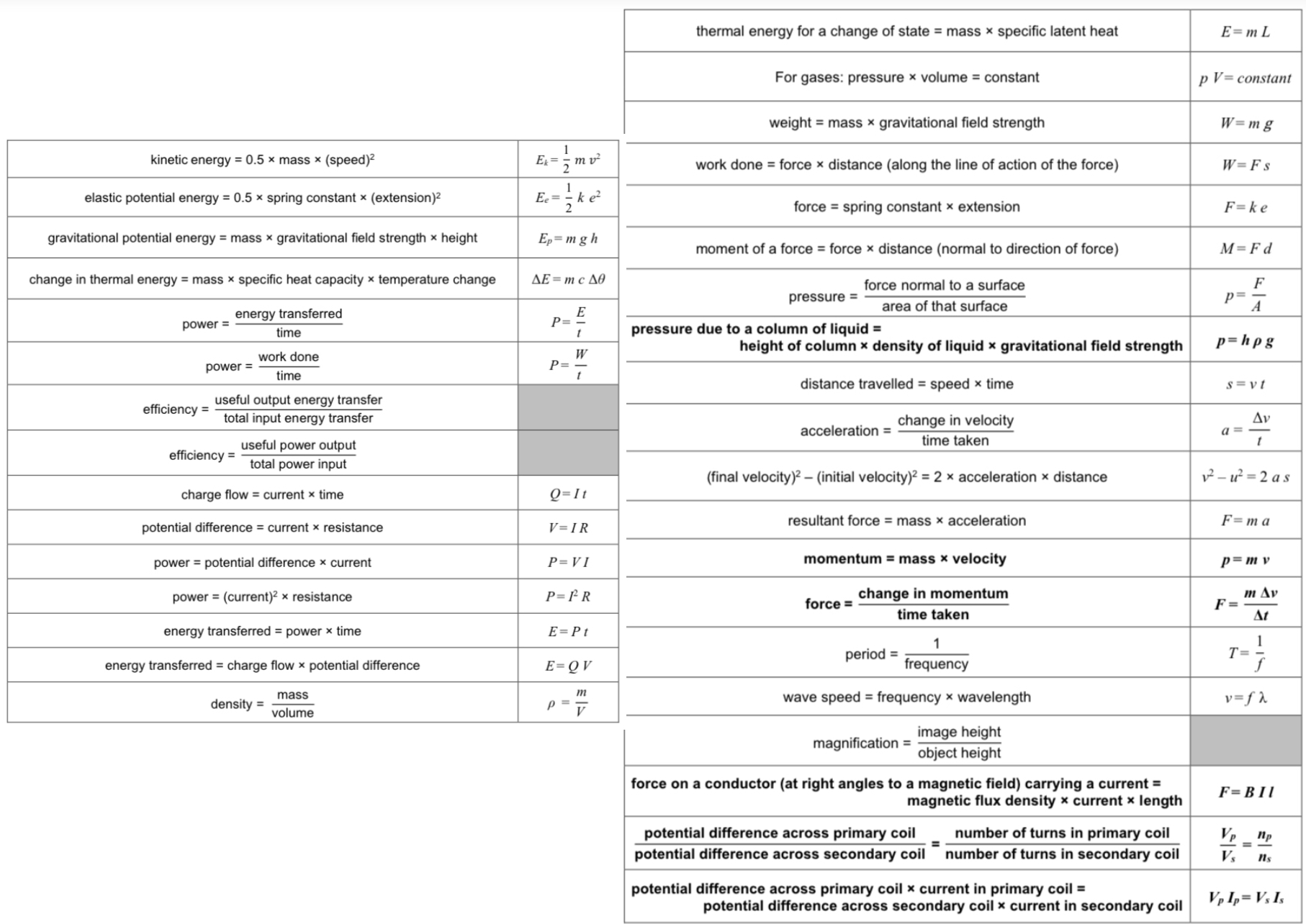
What power is an energy transfer of 1 joule per second equal to?
1 watt
Can energy be created or destroyed?
No
When there are energy transfers in a closed system, what is the net change to the total energy?
There is no net change to the total energy
What is ‘wasted’ energy?
Energy that has been dissipated, so that it is stored in less useful ways
Give two examples of how unwanted energy transfers can be reduced.
Through lubrication and the use of thermal insulation
How does the thermal conductivity of a material affect the material?
The higher the thermal conductivity of a material, the higher the rate of energy transfer by conduction across the material
How is the rate of cooling of a building affected by the thickness and thermal conductivity of its walls?
The thicker the walls of a building, and the lower their thermal conductivity, the lower the rate of cooling
ᵀ Describe how to investigate the effectiveness of different materials as thermal insulators.
Place a small beaker inside a larger beaker.
Use a kettle to boil some water.
Transfer 80cm³ of the hot water into the small beaker.
Use a piece of cardboard with a hole as a lid for the large beaker.
Place a thermometer through the hole in the cardboard lid. The bulb of the thermometer must be in the hot water.
Record the starting temperature of the water and start a stopwatch.
Record the temperature of the water every three minutes for fifteen minutes.
Repeat the experiment using the same volume of hot water. However, this time use an insulating material (e.g. bubble wrap) to fill in the gap between the two beakers.
Test a range of different insulating materials, for example cotton wool and polystyrene balls. Use the same mass of insulating material in each case.
Record all of your results in a table. Use these results to plot cooling curves for the different insulators.
What are the main non-renewable energy resources available for use on Earth?
Fossil fuels (coal, oil and gas) and nuclear fuel
What are the main renewable energy resources available for use on Earth?
Bio-fuel, wind, hydro-electricity, geothermal, the tides, the Sun and water waves
What is a renewable energy resource?
One that is being (or can be) replenished as it is used
What are the uses of energy resources?
Transport, electricity generation and heating
What environmental impacts arise from the use of fossil fuels?
Burning fossil fuels releases a huge amount of carbon dioxide, which contributes to climate change. They can also release other pollutants: burning diesel releases carbon particles and nitrogen oxides, both of which are extremely dangerous to human health, and burning coal releases sulfur dioxide, which leads to acid rain, which damages buildings and trees.
What environmental impacts arise from the use of nuclear fuel?
Nuclear power plants contain highly dangerous radioactive materials. If there is an accident, these materials could be released into the environment. A nuclear power plant generates large amounts of highly dangerous radioactive waste. This must be stored for thousands of years before it is safe.
What environmental impacts arise from the use of hydro-electricity?
Habitats are destroyed when dams are built and valleys are flooded
Although science has the ability to identify environmental issues arising from the use of energy resources, why does it not always have the power to deal with the issues?
Because of political, social, ethical or economic considerations
What is the standard circuit diagram symbol for an open switch?
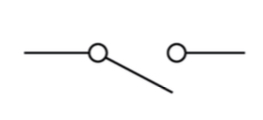
What is the standard circuit diagram symbol for a closed switch?
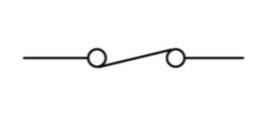
What is the standard circuit diagram symbol for a cell?
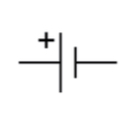
What is the standard circuit diagram symbol for a battery?
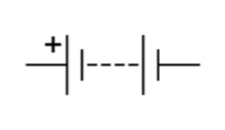
What is the standard circuit diagram symbol for a diode?
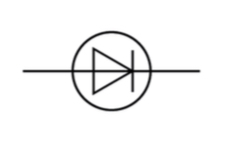
What is the standard circuit diagram symbol for a resistor?
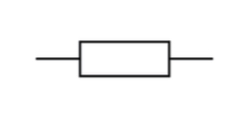
What is the standard circuit diagram symbol for a variable resistor?
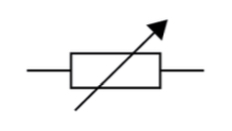
What is the standard circuit diagram symbol for an LED?
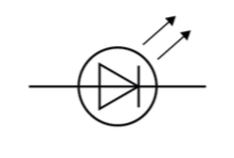
What is the standard circuit diagram symbol for a lamp?
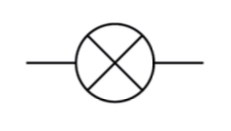
What is the standard circuit diagram symbol for a fuse?
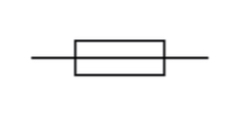
What is the standard circuit diagram symbol for a voltmeter?
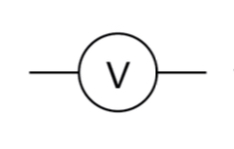
What is the standard circuit diagram symbol for an ammeter?
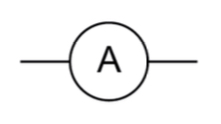
What is the standard circuit diagram symbol for a thermistor?
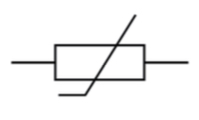
What is the standard circuit diagram symbol for an LDR?
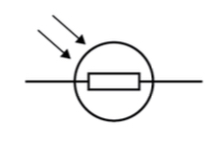
What must be true about a closed circuit for electrical charge to flow through it?
The circuit must include a source of potential difference
What is electric current?
A flow of electrical charge
What does the size of an electric current represent?
The rate of flow of electrical charge
What is the unit of charge?
Coulombs (C)
What is the unit of current?
Amperes/amps (A)
What is the unit of potential difference?
Volts (V)
What is the unit of resistance?
Ohms (Ω)
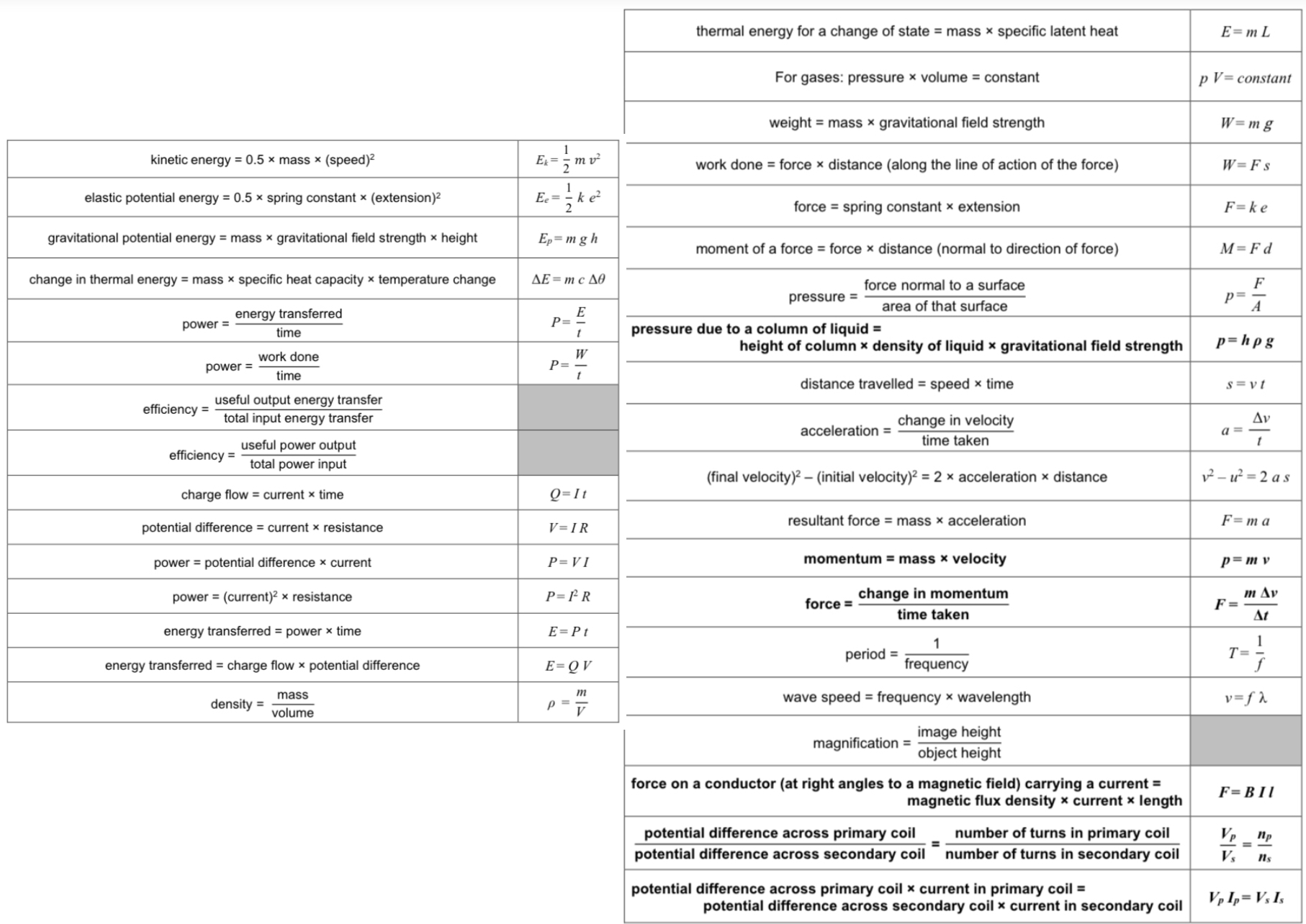
Describe how to investigate how the length of a wire at constant temperature affects the resistance of an electrical circuit.
Set up a circuit as shown in the diagram.
Attach a crocodile clip to the wire, level with 0cm on the ruler.
Attach the second crocodile clip to the wire 10cm away from the first clip. Write down the length of the wire between the clips.
Close the switch, then record the current through the wire using the ammeter and the potential difference across it using the voltmeter.
Open the switch, then move the second crocodile clip another 10cm along the wire. Close the switch again and record the new length, current and potential difference.
Repeat this for a number of different lengths of the test wire.
Use your measurements of current and potential difference to calculate the resistance for each length of wire using V = IR.
Plot a graph of resistance against wire length and draw a line of best fit.
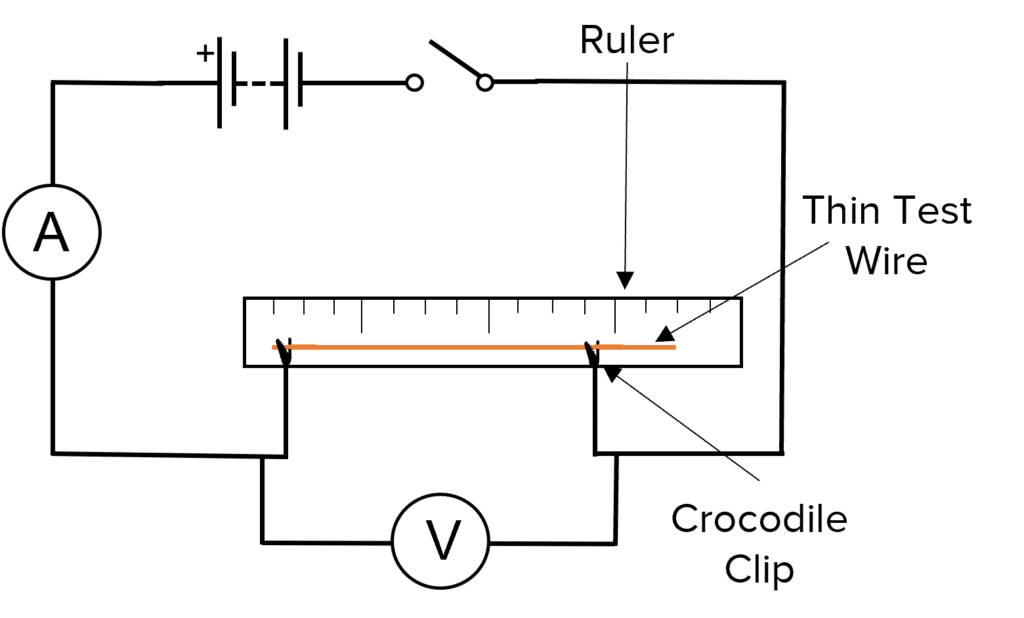
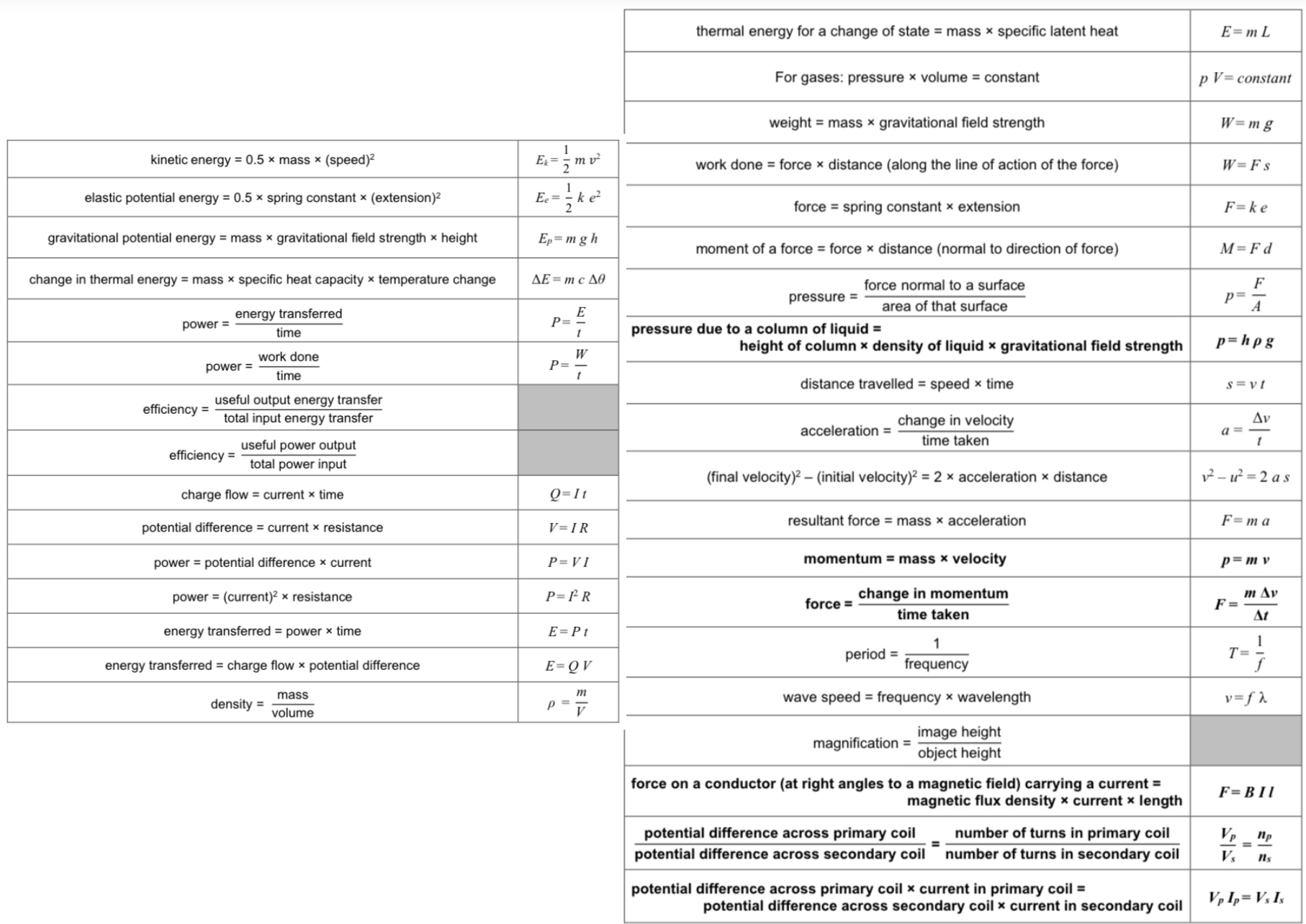
Describe how to investigate how combinations of resistors in series and parallel affect the resistance of an electrical circuit.
Set up a circuit as shown in the diagram.
Measure the current through the circuit using the ammeter and the potential difference of the battery.
Calculate the resistance of the circuit using V = IR.
Add another resistor in series with the first and repeat steps 2-3.
Repeat step 4 until you have added at least four resistors.
Plot a graph of the number of resistors against the total resistance of the circuit.
Repeat steps 1-6, but add resistors in parallel instead of in series.
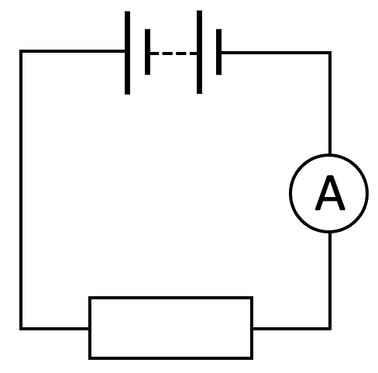
Why does the resistance in an ohmic conductor remain constant?
The current through an ohmic conductor (at a constant temperature) is directly proportional to the potential difference across the resistor. This means that the resistance remains constant as the current changes.
Sketch the graph of current against potential difference for an ohmic conductor.
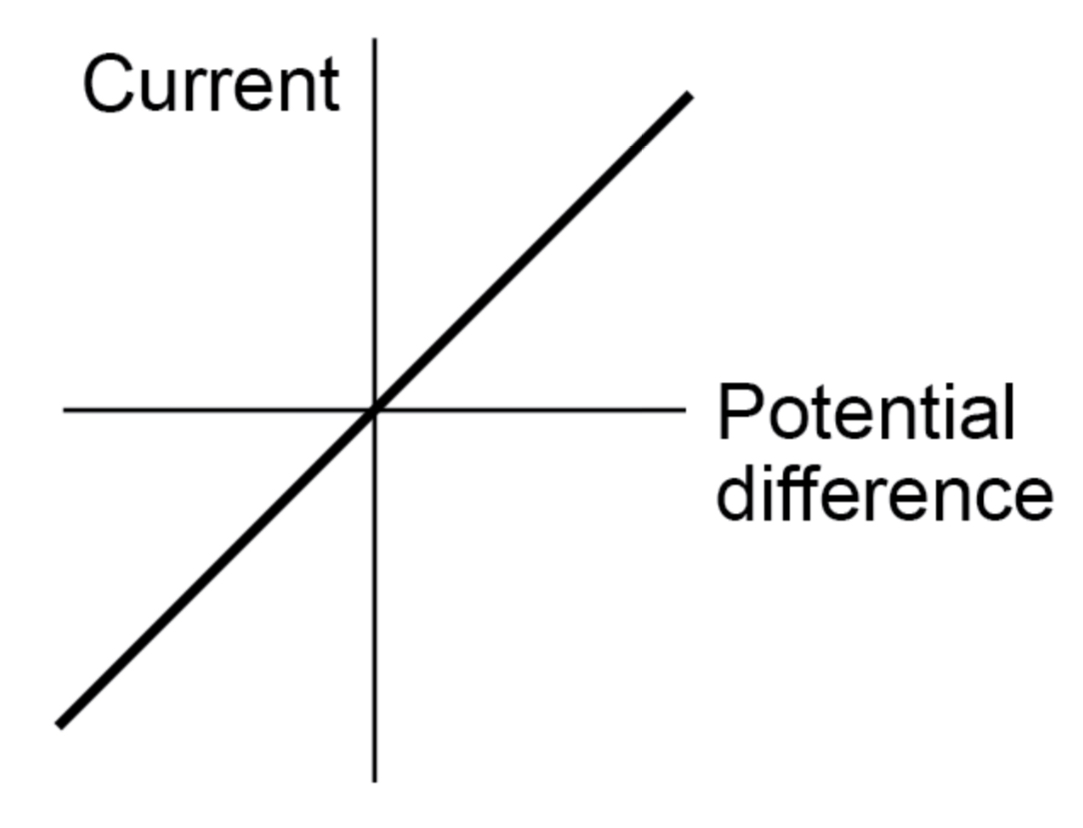
Is the resistance of components such as lamps, diodes, thermistors and LDRs constant or not constant?
Not constant; it changes with the current through the component
Why does the resistance of a filament lamp change as the current changes?
The filament gets extremely hot when an electric current passes through it. The resistance increases as the temperature of the filament increases.
Sketch the graph of current against potential difference for a filament lamp.
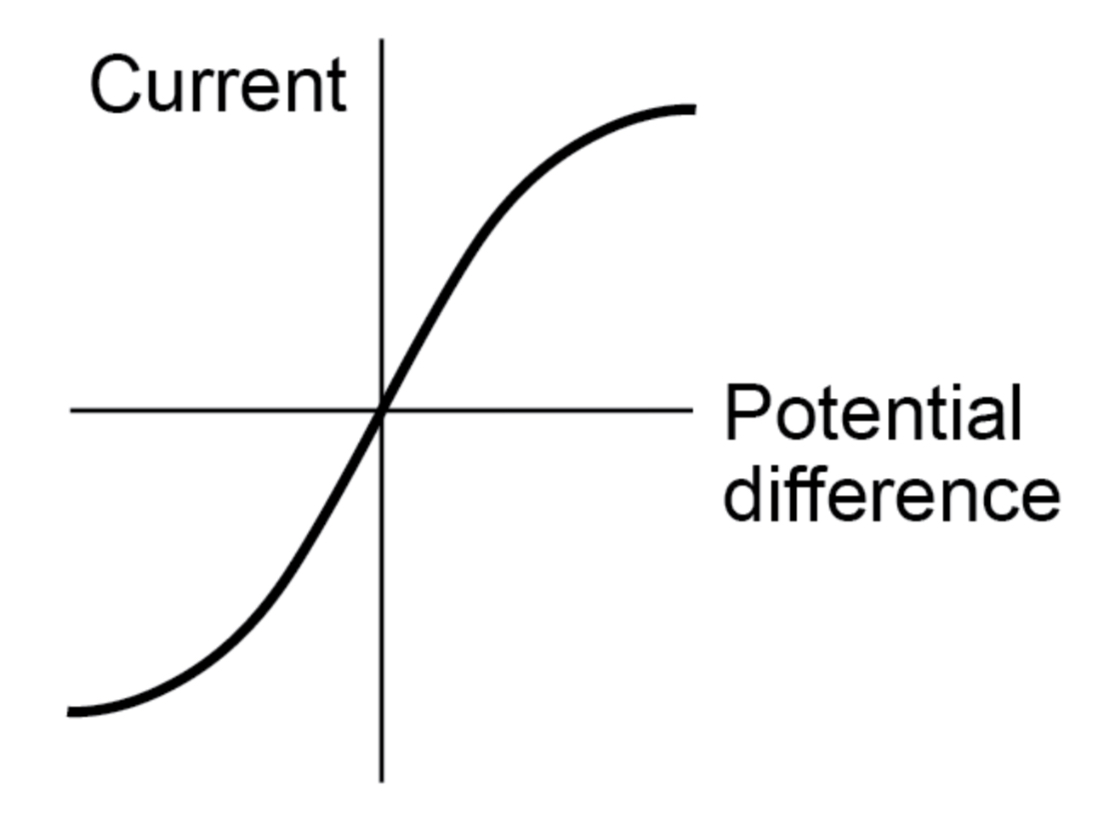
Why does the resistance of a diode change as the current changes?
The current through a diode flows in one direction only. The diode has a very high resistance in the reverse direction.
Sketch the graph of current against potential difference for a diode.
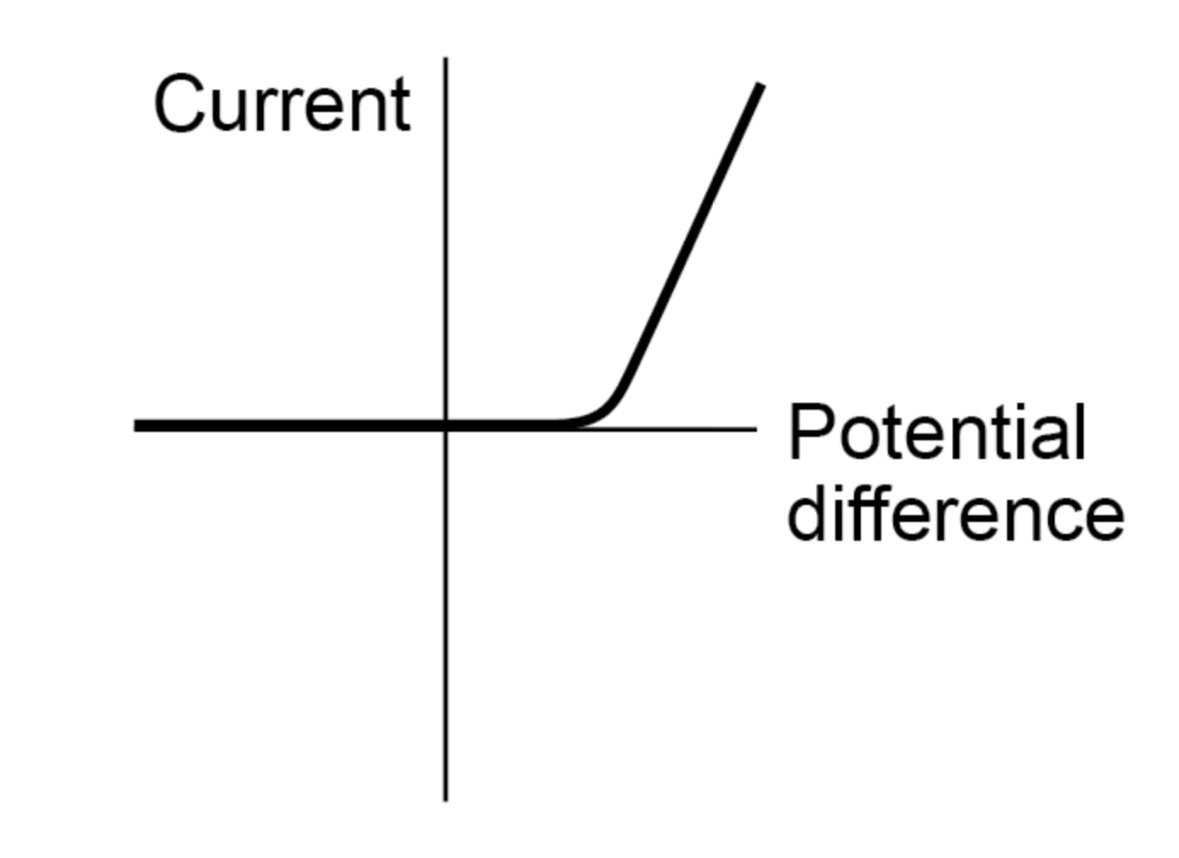
What happens to the resistance of a thermistor as the temperature increases?
It decreases
Give one application of thermistors in circuits.
A thermostat
What happens to the resistance of an LDR as light intensity increases?
It decreases
Give one application of LDRs in circuits.
Switching lights on when it gets dark
Describe how to investigate the I-V characteristics of a circuit element.
Set up a circuit as shown in the diagram. (Note: The non-variable resistor in the picture represents the component that you are investigating.)
Begin to vary the variable resistor. This alters the current flowing through the circuit and the potential difference across the component.
Take several pairs of readings from the ammeter (which measures current) and the voltmeter (which measures potential difference) to see how the potential difference across the component varies as the current changes.
Repeat each reading in step 3 twice more, and calculate an average potential difference at each current.
Swap over the wires connected to the battery, so the direction of the current is reversed, and repeat steps 3-4.
Plot a graph of current against voltage for the component.
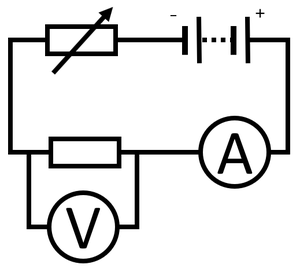
What are the two ways of joining electrical components?
In series and in parallel
For components connected in series, how is the current related to the components?
There is the same current through each component
For components connected in series, how is the potential difference related to the components?
The total potential difference of the power supply is shared between the components
How is the total resistance of two components connected in series calculated?
The total resistance is the sum of the resistance of each component.

For components connected in parallel, how is the current related to the components?
The total current through the whole circuit is the sum of the currents through the separate components
For components connected in parallel, how is the potential difference related to the components?
The potential difference across each component is the same
For two resistors connected in parallel, how is the total resistance related to the resistors?
The total resistance is less than the resistance of the smallest individual resistor
What is the difference between series and parallel circuits?
Series circuits have no branches. The current can only flow in one path. Parallel circuits contain branches. The current splits - some of the current passes through both of the branches.
Why does adding resistors in series increase the total resistance?
The current has to pass through each resistor in turn. It cannot bypass any resistor.
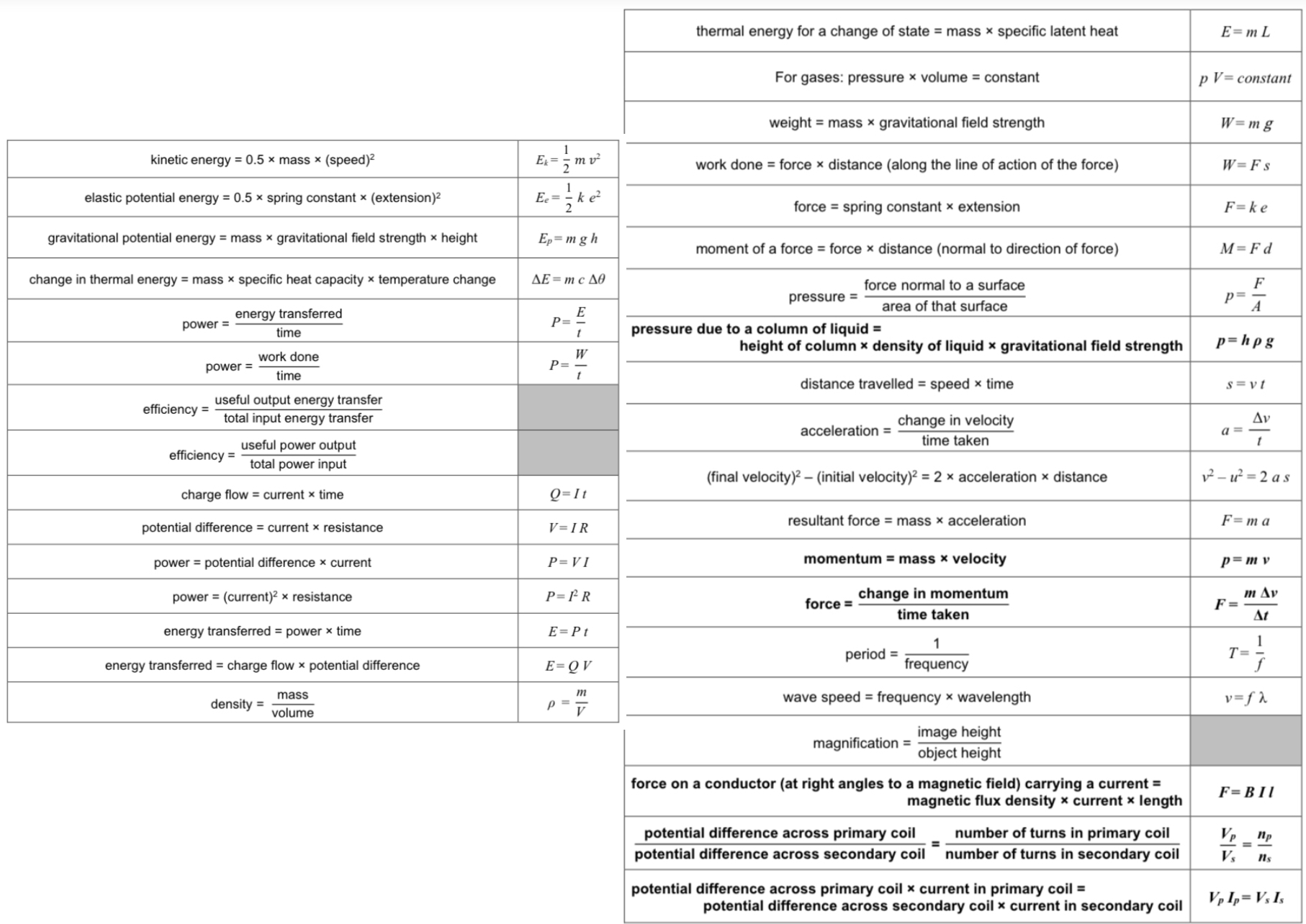
Why does adding resistors in parallel decrease the total resistance?
There are two pathways for the current to take. More total current will flow through the circuit. Using V = IR, if the current has increased but the potential difference has not changed, the total resistance must have decreased.
Is mains electricity an ac or dc supply?
ac
In the UK, what is the frequency of the domestic electricity supply?
50 Hz
In the UK, what is the potential difference of the domestic electricity supply?
About 230 V
What is the difference between direct and alternating potential difference?
In dc, the current only moves in one direction. In ac, the current is constantly changing direction.
How are most electrical appliances connected to the mains?
Using three-core cable
In a three-core cable, what colour is the insulation covering the live wire?
Brown
In a three-core cable, what colour is the insulation covering the neutral wire?
Blue
In a three-core cable, what colour is the insulation covering the earth wire?
Green and yellow stripes
In a three-core cable, what does the live wire do?
It carries the alternating potential difference from the supply
In a three-core cable, what does the neutral wire do?
It completes the circuit
In a three-core cable, what does the earth wire do?
It is a safety wire to stop the appliance becoming live
In a three-core cable, what is the potential difference between the live wire and earth?
About 230 V
In a three-core cable, what is the potential difference of the neutral wire?
It is at, or close to, earth potential (0 V)
In a three-core cable, what is the potential difference of the earth wire? Why?
0 V, it only carries a current if there is a fault
Why may a live wire be dangerous even when a switch in the mains circuit is open?
The first part of the live wire running to the switch still has a potential difference of 230 V. The potential difference of the earth is 0 V, so if someone touched the live wire, a current would flow through the person into the earth and they would be electrocuted.
What are everyday electrical appliances designed to do?
Bring about energy transfers
How may different domestic appliances transfer energy?
They may transfer energy from batteries or ac mains to the kinetic energy of electric motors or the energy of heating devices
What happens when charge flows in a circuit?
Work is done
What is the National Grid?
A system of cables and transformers linking power stations to consumers
How is electrical power transferred from power stations to consumers?
Using the National Grid. Step-up transformers are used to increase the potential difference from the power station to the transmission cables then step-down transformers are used to decrease, to a much lower value, the potential difference for domestic use.